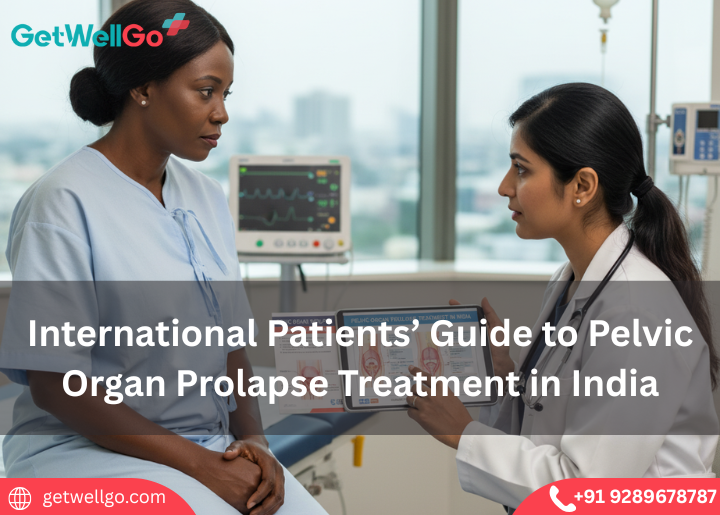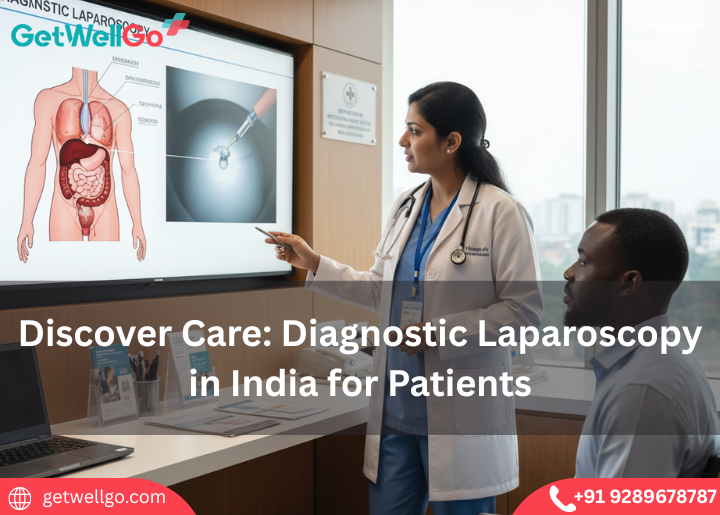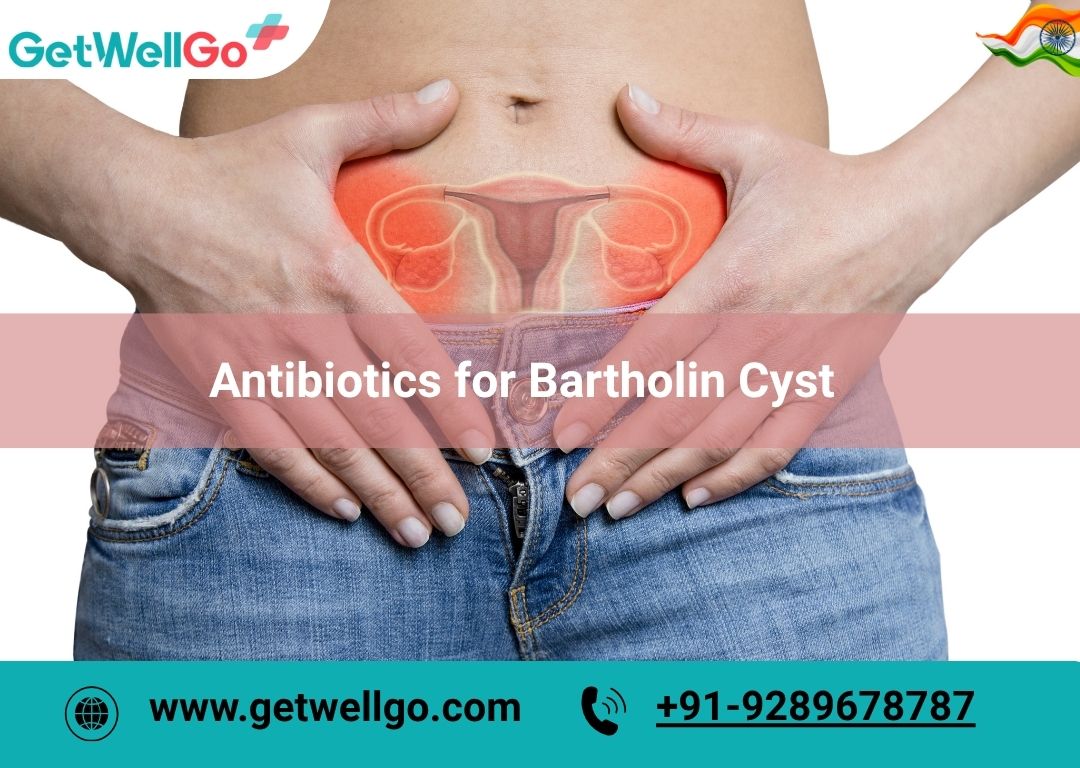.png)
World-Class Umbilical Artery Catheterization Services for Your Newborn
Choose GetWellGo for advanced umbilical artery catheterization. World-class newborn care trusted by international families for safety, comfort, and results.
Read MoreGetWellGo helps international patients access top pelvic organ prolapse treatment in India with expert care, advanced surgery & complete support.

Category
GynecologyPublished By
GetWellGo TeamUpdated on
12-Sep-2025Pelvic organ prolapse (POP) is a disorder in which one or more of the pelvic organs (bladder, uterus, rectum or small bowel) begin to move out of place and protrude into the vagina. This occurs when supporting muscles and connective tissues in the pelvic floor become weak or get stretched.
The choice of the treatment of pelvic organ prolapse (POP) is determined by the intensity of the symptoms, the nature of the prolapse, the general health, and individual preferences (planned pregnancy). Therapy begins with non-surgical interventions and can proceed on to the surgical aspects of treatment.
Widest range of prolapse of mild to moderate, patients ineligible to undergo surgery or simply unwish to undergo surgery.
Lifestyle and Self-care
Pessary Use
Hormone Therapy
Topical estrogen cream/tablets/ring can be used to help in postmenopausal to enhance vaginal tissue elasticity and decrease irritation (not a treatment, but supportive).
Use when moderate to severe prolapse is advised, or when the symptoms are severe enough to affect the quality of life.
Types of Surgery:
Pelvic organ prolapse (POP) operation is indicated in moderate to severe symptoms, when conservative measures (such as pessaries or pelvic floor muscle exercises) do not help or when the prolapse is causing major problems with the quality of life. The aim is to recover normal anatomy, to enhance functioning and to alleviate symptoms.
Reconstructive Surgery:
Seeks to correct and sustain pelvic organs without disrupting vaginal functioning
Anterior colporrhaphy
Posterior colporrhaphy
Sacrocolpopexy
Suture of the uterosacral ligament / Sacrospinous fixation
Hysteropexy (uterus-sparing medicine)
Obliterative Surgery:
Aims to seal or tighten the vagina so it offers support - to women who do not want to have sex
Colpocleisis
Hysterectomy and Prolapse Repair:
Non-surgical treatment of pelvic organ prolapse (POP) is commonly suggested to females with mild to moderate prolapse, those opting to postpone or avoid surgery, or because surgery is contraindicated by other health complications. It aims at alleviating symptoms, enhancing functioning and worsening.
Pelvic floor (Kegel) exercises
Bladder and bowel care
Weight management
Benefits:
Needs:
GetWellGo is regarded as a leading supplier of healthcare services. We help our foreign clients choose the best treatment locations that suit their needs both financially and medically.
We offer:
.png)
Choose GetWellGo for advanced umbilical artery catheterization. World-class newborn care trusted by international families for safety, comfort, and results.
Read More
Vaginal dilatation care in India helps global patients restore health and confidence. Expert gynecologists, modern techniques, and affordable care ensure safe and effective treatment.
Read More
Discover Care with GetWellGo: Affordable diagnostic laparoscopy in India for international patients. Expert care, advanced tech & seamless support.
Read More
Struggling with recurrent UTIs? GetWellGo helps international patients access advanced urinary tract infection treatments in India with trusted specialists.
Read More
Choose India for ovarian cystectomy—safe, skilled surgeons, and affordable costs. GetWellGo ensures global patients the best medical journey.
Read More
World-class PCOS treatment in India with GetWellGo. Affordable care, advanced medical expertise, and full support for international patients.
Read More
Dreaming of a family? Explore safe, affordable Intrauterine Insemination (IUI) treatment in India with GetWellGo, trusted by international patients.
Read More
Myomectomy surgery in India provides advanced, safe, and affordable solutions for fibroid removal. Top hospitals ensure expert care, modern techniques, and faster recovery for women’s health.
Read More.png)
GetWellGo connects international patients with India’s top hospitals for laparoscopic hysterectomy. Expert care & advanced surgery at affordable costs.
Read More
Safe, confidential abortion centre in India for international patients. GetWellGo ensures expert medical care with complete privacy and legal support.
Read More
Learn about hymenoplasty treatment, ideal candidates, and procedure details. Get trusted, confidential care at GetWellGo for international patients.
Read More
Learn when antibiotics are needed for Bartholin cysts, their role in treatment, and how GetWellGo supports international patients with expert care.
Read MoreFill the form below to get in touch with our experts.
Please fill in your details below and our experts will get back to you.